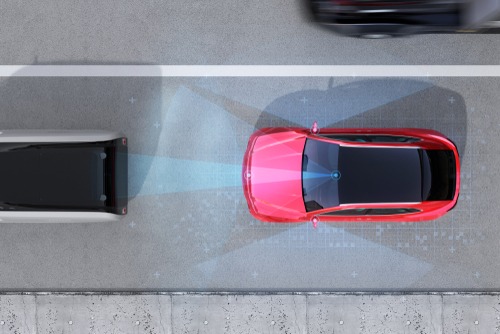
The Insurance Institute for Highway Safety (IIHS) and the Highway Loss Data Institute (HLDI) recently petitioned federal regulators to require automobile manufacturers to include automatic emergency braking (AEB) systems as standard equipment.
The organizations petitioned for AEB systems capable of detecting and avoiding pedestrians in the dark as well as in daylight to be installed in all new passenger vehicles.
More than a third of fatal pedestrian crashes occur at night on unlit roads.
The IIHS studied police-reported crashes, and the HLDI analyzed insurance claims. Both organizations found benefits from pedestrian AEB. The IIHS study found the systems cut pedestrian crashes in daylight and on well-lit roads but found virtually no effect at night on unlit roads.
The IIHS also recently conducted research on pedestrian AEB systems by running a series of nighttime tests on eight small SUVs.
The 2021 Toyota CH-R performed well. Its AEB system achieved substantial speed reductions and proved it is possible to design systems that are effective in the dark. The other vehicles tested did not perform well.
By 2024, the National Highway Traffic Safety Administration plans to initiate rule-making requiring pedestrian AEB on new passenger vehicles. It is unknown which performance standards will be included.